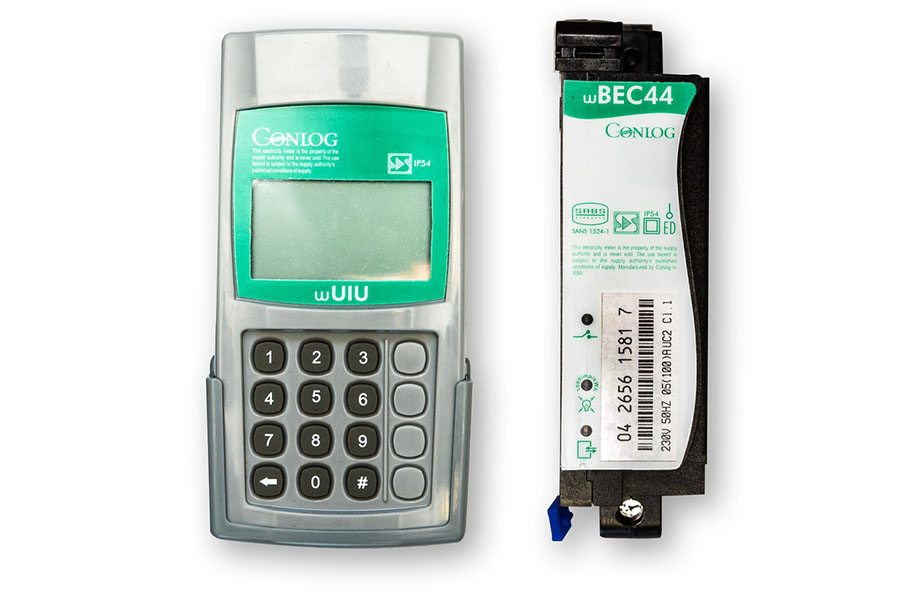Prepaid electricity meters and conventional electricity meters are two distinct systems for measuring and billing electricity consumption. Each system has its own features and advantages. In this comparison, we will explore the key differences between prepaid meters and conventional meters.
1. Billing and Payment:
- Prepaid Meters: With prepaid meters, consumers pay for electricity in advance. They purchase a set amount of electricity credit, which is loaded onto the meter. As they consume electricity, the credit is deducted accordingly. This system offers consumers greater control over their energy usage and enables them to budget more effectively.
- Conventional Meters: Conventional meters measure electricity consumption over a specific period, usually monthly. The utility company reads the meter, generates a bill based on the recorded consumption, and sends it to the consumer. Payment is typically made after the billing cycle. Consumers may face bill shock if their usage exceeds their expectations.
2. Payment Flexibility:
- Prepaid Meters: Prepaid meters provide users with flexibility in managing their electricity expenses. Consumers can choose when and how much to recharge their meter, allowing them to align their energy consumption with their budget and lifestyle. Additionally, prepaid meters often offer multiple payment options, such as online platforms or local vendors, for convenient credit top-ups.
- Conventional Meters: With conventional meters, consumers receive a bill based on their electricity consumption. They are typically provided with specific due dates for payment. While some utility companies offer online payment options, the timing and frequency of payments are predetermined, providing less flexibility compared to prepaid meters.
3. Energy Consumption Awareness:
- Prepaid Meters: Prepaid meters promote energy consumption awareness among users. As consumers can monitor their credit balance and track the rate at which their electricity is being consumed, they are encouraged to adopt energy-saving practices. This increased consciousness often leads to a reduction in overall energy usage and helps users make more informed decisions regarding their electricity consumption.
- Conventional Meters: While conventional meters provide historical data on electricity consumption through monthly bills, the information is not readily available in real-time. Consumers may not have a clear understanding of their energy consumption patterns until they receive their bill. This delayed feedback makes it challenging to identify and address wasteful energy habits promptly.
4. Credit Management:
- Prepaid Meters: Prepaid meters require users to actively manage their electricity credit. Consumers are responsible for ensuring they have sufficient credit to meet their energy needs. This system encourages better credit management, reduces the risk of accumulating debt, and eliminates the need for credit checks or deposits.
- Conventional Meters: With conventional meters, consumers are billed for their electricity usage after it has been consumed. This can lead to situations where consumers unintentionally accrue large bills or struggle to pay their monthly dues, especially if they are unaware of their energy consumption habits or have irregular income

